State Ideology and Female School Enrollment in Iran
This paper was presented at “TRANSITIONS” Mid-term Conference of ISA Research Committees on Sociology of Education, RC04, & Sociology of Youth, RC34, Tampa, FL January 13-15, 2012
Abstract
There is an extensive and growing literature in both social sciences and history concerning the status and destiny of women in Muslim countries, a general assumption being that the religious tradition of Islam inherently condemns women to an irrevocably lower status than that of men. Iran is a Muslim country with a constitution based explicitly on principles of Islam. However, pragmatic governmental policies that are not inconsistent with the Islamic faith have made it possible for a move toward modernity in a number of demographic behaviors. This paper reports specifically on female school enrollment as one indicator of the changing status of Iranian women from 1976 to 2006. Tabulated data from the last four censuses were used to measure school enrollment for males and females in rural and urban areas of the country. The findings refuted earlier predictions of decreasing school enrollment of women as a result of transition from the Shah’s secular government to a conservative religious government. During the period from 1976 to 2006, primary and secondary school enrollment increased for both genders and females surpassed males in high school enrollment. The college attendance rates of females increased above the rates for males in all fields, including engineering and medicine. The findings from this study suggest that sweeping statements and predictions about the status of women in Muslim countries, in particular concerning their educational attainment, should be viewed with caution.

